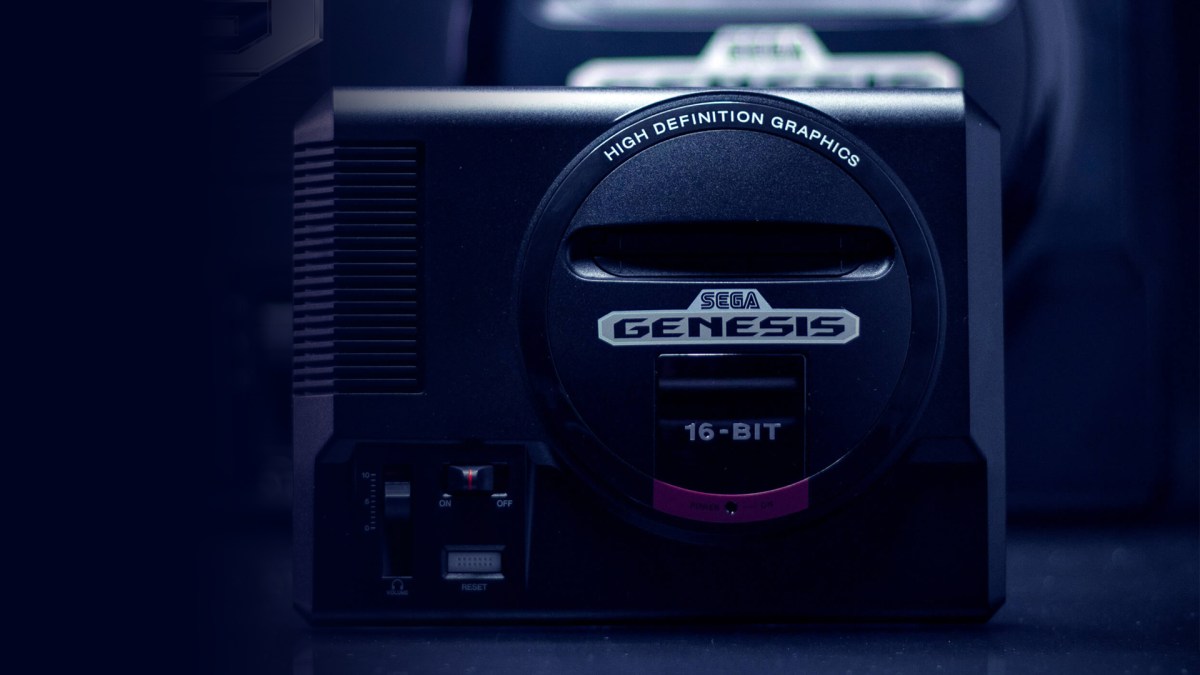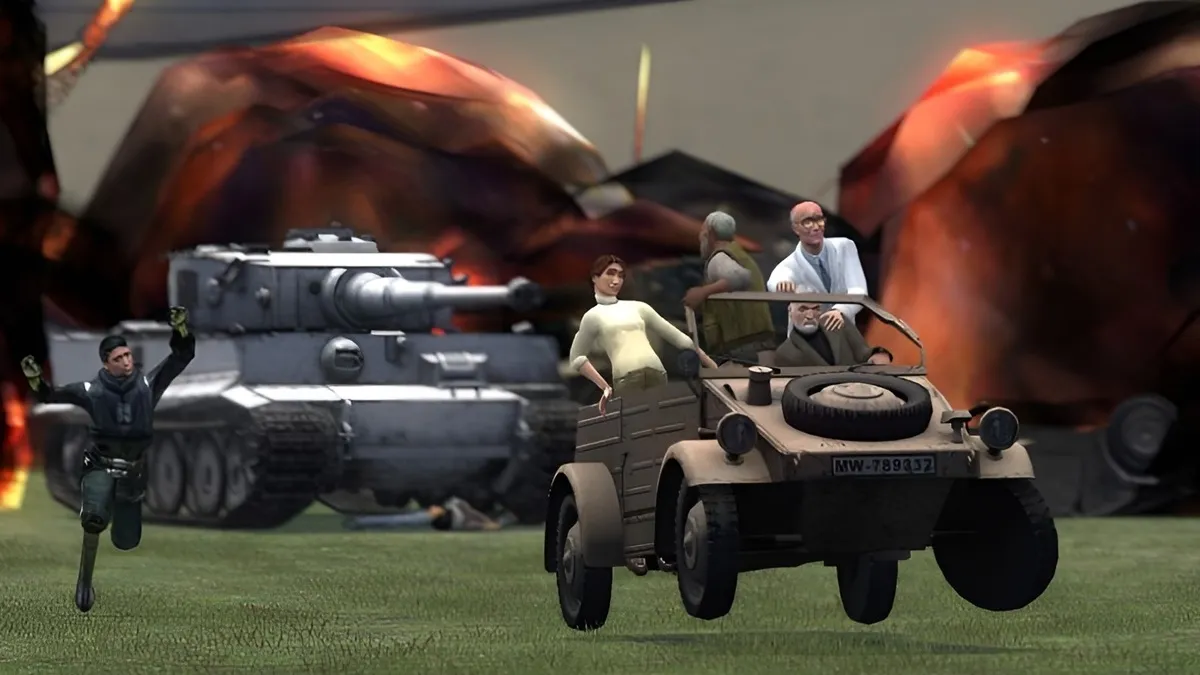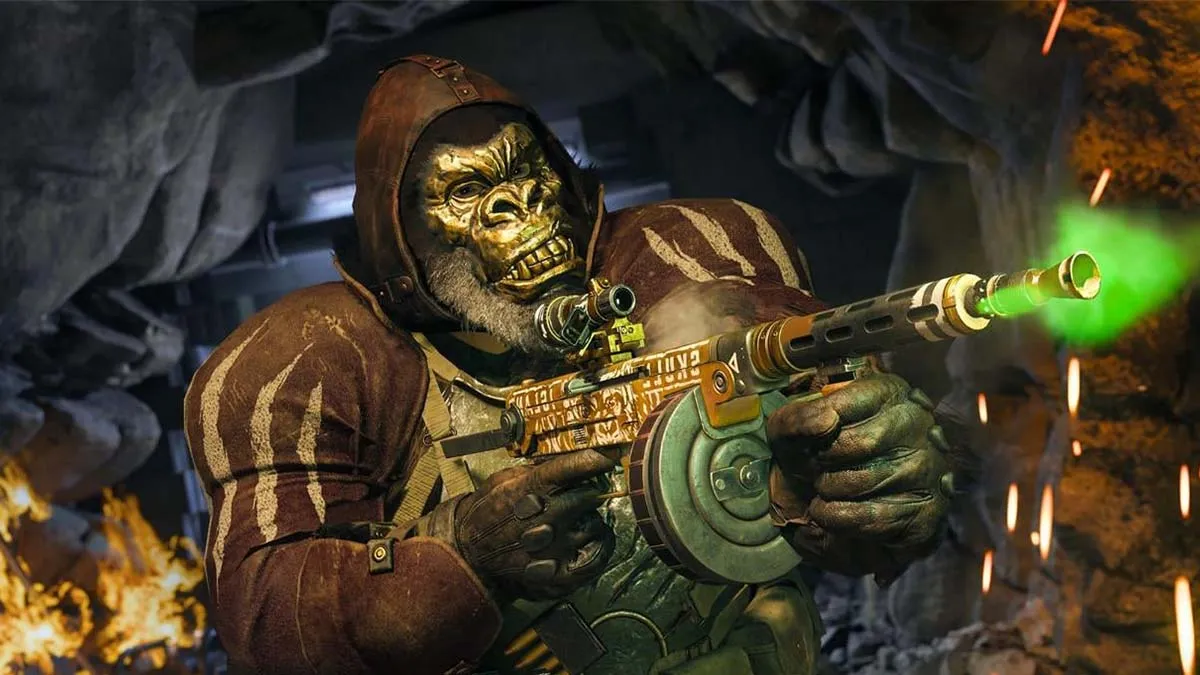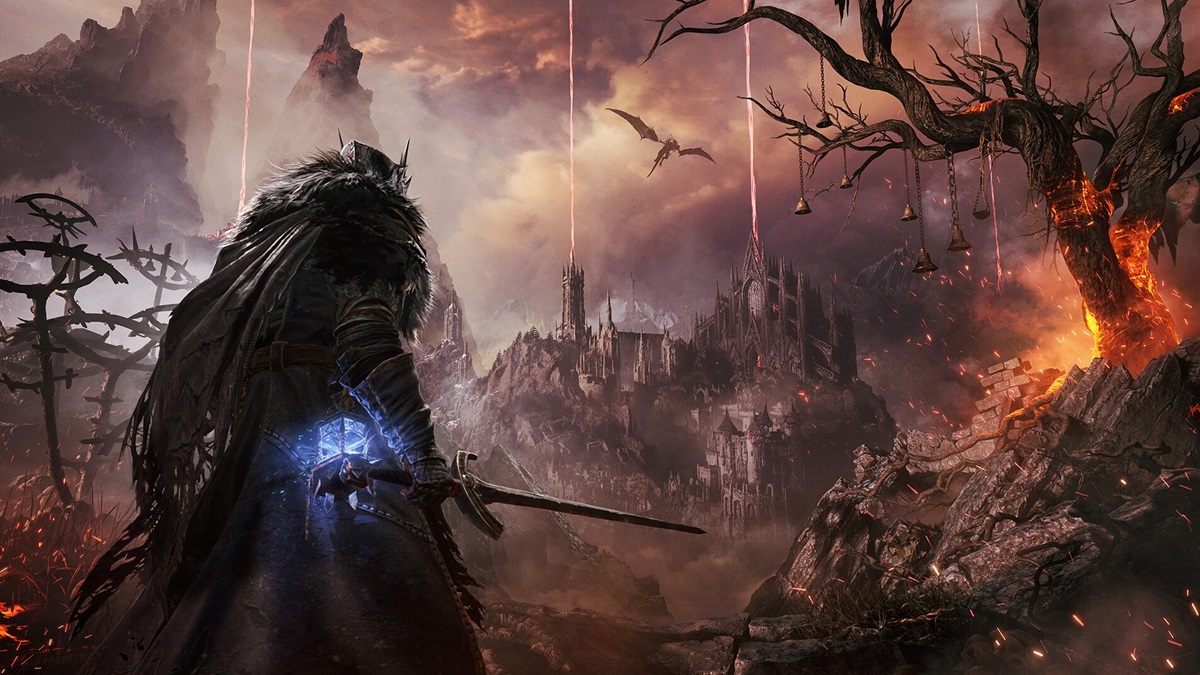Genesis Does
[Update 07/01/19: After a lengthy tour promoting the Genesis Mini, Sega has finally been able to get back to me on the issue I reported with lag. According to a PR rep, the TV’s in question at E3 were using the dreaded “Game Mode” option that contributed to my notice of input delay. It took another journalist capturing footage of the device to discover the issue and solve it on subsequent days. Almost a full second of delay had been added, which sounds about right from what I remember. I apologize this addendum took so long to happen, but keep that in mind while reading this. – Peter]
The Sega Genesis Mini looks primed to be a hell of a competitor to Nintendo’s NES and SNES Classic systems. Packed with 42 games and with emulation being handled by M2, Sega isn’t holding back on creating the ultimate retro trip for old-school gamers. With the console coming out in roughly three months, it’s been alarming that no one has had any hands-on time with the device. Is there something horribly wrong with it, or has Sega been slowly perfecting the device since its announcement?
Thankfully, this isn’t anything like those AT Games devices. The Genesis Mini may have a few issues, but we’ve come a long way from the laggy playback and warped sound that plagued past efforts. M2 may have just topped Nintendo with this one.

Starting off, the design of the device is incredibly faithful to the legendary Model One. Sega has gone the extra mile by including a volume slider, a movable power switch, and a removable expansion port on the side. Even the cartridge slot opens, which is how that Japanese exclusive “Tower of Power” sits in the device. Sega was handing out small replicas of Genesis carts, but I could see those eventually going on sale to complete the illusion of gaming in the ’90s.
The included controllers feel exactly how I remember those old Genesis pads feeling. Mushy buttons, a large D-pad, the thin start button: it’s funny how after not touching one for nearly 20 years, all those memories came flooding back in an instant. The only issue I did seem to notice was either related to the TV or possibly the unit. Pushing buttons incurred more than a few frames of delay, so making selections was rough. It also cropped up while playing games, so dropping blocks in Tetris was almost a crap-shoot with how slow it could feel.
Powering the device on, you’re greeted to a menu that looks decidedly ’90s. Harsh, dark colors and a grid layout capture the vibe that Sega had going on during the 16-bit era and some helpful sorting options allow you to line the game selection up however you like. The demo unit was set to filter by release date, but I quickly switched it over to alphabetical and jumped into Sonic 2 in seconds. Once in a game, holding the start button for five seconds brings up a menu that lets you create save states, tinker with screen filters and aspect ratio settings, or return to the main menu to select a new title.

That’s all pretty standard stuff that feels copied from Nintendo’s Classic devices. No need to reinvent the wheel there, but M2 has provided a somewhat cool addition. Since there are people who prefer playing games that fill up their widescreen televisions (the savages!), the 16:9 option utilizes a pan-and-scan effect to not distort the pixels. Zooming in on the action while repositioning the UI elements, you can legitimately play these Genesis classics in widescreen without resizing issues, though the zoom is a bit harsh.
I honestly didn’t like how it looked, but the option avoids the distortion that can ruin the artwork in older titles. This new take (which is actually what older widescreen conversions of 4:3 movies used to do) could become the golden standard for retro emulation in the future. Since there is only so much you can do with emulation, I’d prefer to see the zoomed widescreen instead of a stretched one.
That last part is key, too. These aren’t brand new ports or remakes, but ROMs being emulated on the device. I wasn’t able to get specifics on if each game is running in its own custom emulator, but ROMs were chosen to try and remain as faithful as possible to the original experience. That may dash your hopes of seeing 60 FPS playback and a lack of sprite flicker, but you have to respect the desire to preserve history so accurately.
My demo session was very short, so I didn’t get to find out much more. For all intents and purposes, though, this is the real deal. I’m hoping my issue with input delay was more down to the television set, because I’m otherwise impressed with how well Sega has recreated its classic machine. I’m a sucker for Nintendo’s mini consoles because of my childhood love for the devices, so I’d love to add a Genesis to sit right alongside them to complete the picture.




